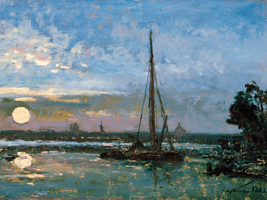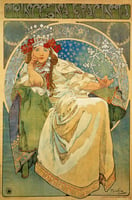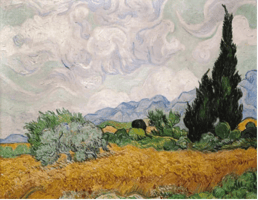The 19th century was a time of great artistic expression and development, with many of the world’s...
Primitivism: Examining the Primal Urge to Connect with Nature in the Modern Age
Primitivism art is an art movement which emerged in the late 19th century and continued to be popular until the mid 20th century. Primitivism is an art style which incorporates traditional or tribal art from around the world. It is characterized by a lack of sophistication and a focus on the natural environment, as well as on the use of primitive materials and techniques.
Primitivism began as a reaction to the Western academic art styles which were popular during the late 19th century. Artists sought to create art which was more expressive and authentic, rather than the traditional academic art which was often seen as artificial and lacking in emotion. Primitivism artists drew inspiration from traditional art from Africa, Asia, Oceania, and the Americas, creating art which was characterized by its bold and vivid colors, as well as its abstraction and lack of realism.
Primitivism art was highly influential on modern art, inspiring movements such as Expressionism, Surrealism, and Cubism. Primitivism has also had a lasting influence on modern-day art and design, inspiring many contemporary artists to incorporate elements of traditional and tribal art into their work. Primitivism art continues to be popular to this day, and its influence can be seen in many different forms of art.




